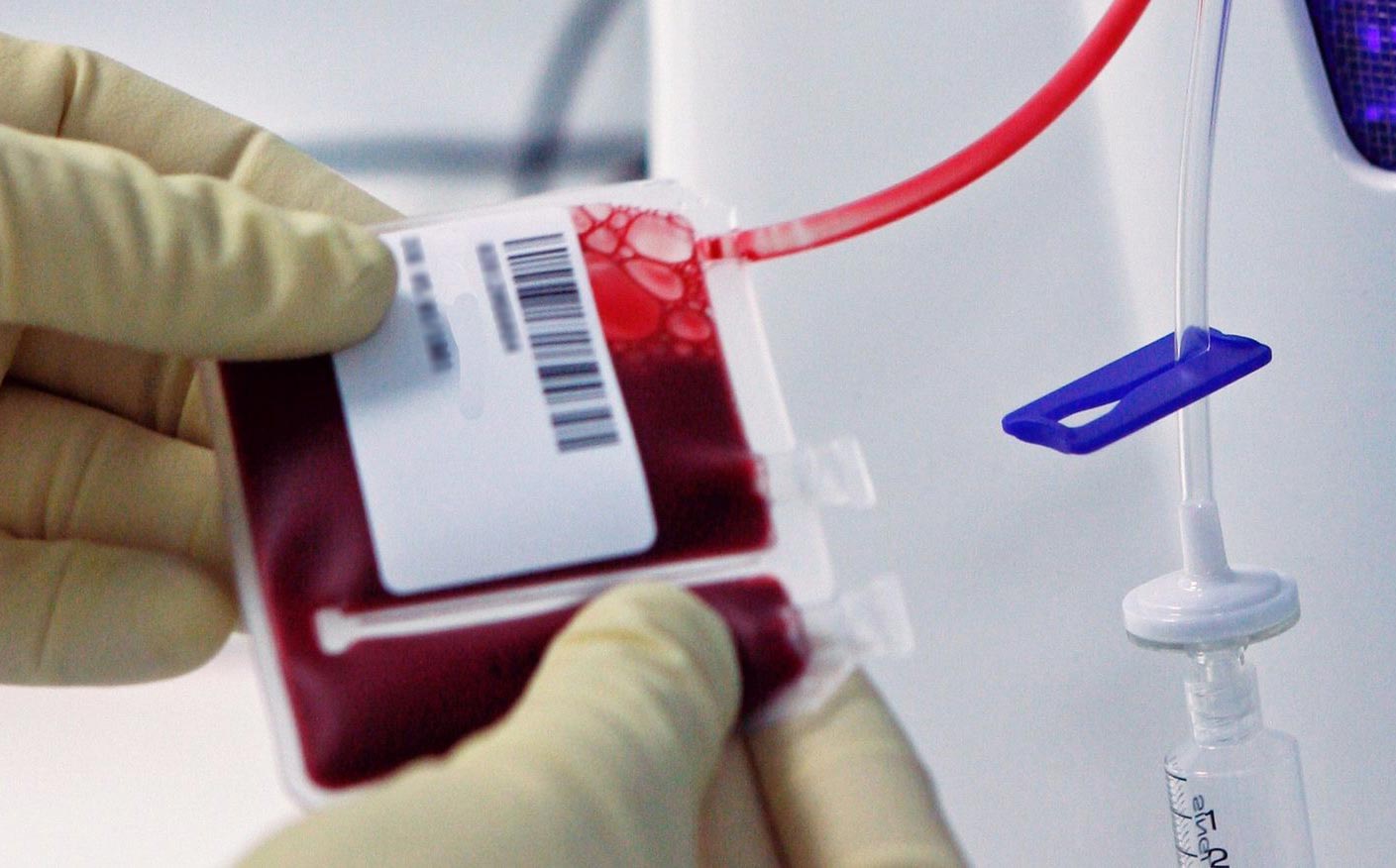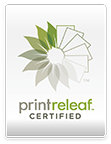
Stem cells have garnered attention in times due to their potential in regenerative medicine and their role in the treatment of various diseases. When it comes to stem cell sources umbilical cord blood and bone marrow are two options. Although each source has its advantages and disadvantages a question that arises is whether collecting umbilical cord stem cells is easier than collecting bone marrow stem cells.
The Collection Process
Umbilical Cord Stem Cells:
Umbilical cord blood contains stem cells (HSCs) that possess the potential to develop into different types of blood cells. The process of collecting these stem cells is relatively straightforward and takes place immediately after childbirth.
Parents or guardians provide consent for cord blood collection while healthcare professionals screen the mother’s history and conduct tests for infectious diseases.
Once the baby is born, healthcare providers cut the cord leaving a portion attached to the placenta. Trained healthcare professionals, in the case of a Smart Cells collection this would be our own phlebotomists, then collect blood from the cord using a needle and bag. This procedure is safe, painless and does not cause any harm to the mother or the newborn baby.
The collected cord blood is taken to a laboratory where it undergoes processing to separate and preserve the HSCs. These valuable stem cells are then carefully frozen and stored at a facility until the occasion that they are needed for transplantation.
Bone Marrow Stem Cells:
Bone marrow serves as a source of HSCs but the collection process is more invasive and requires anaesthesia.
The potential donor undergoes an evaluation to ensure their suitability for bone marrow donation. This evaluation includes examinations, blood tests and imaging studies.
On the day of collection anaesthesia is administered to numb the area around the back of the bone (hip) where bone marrow will be extracted. In some cases, general anaesthesia may be used to induce sleep.
A needle is inserted into the bone allowing for withdrawal of bone marrow from the donor’s hip region. This process can cause some discomfort during and after collection resulting in pain or soreness.
After the bone marrow is collected it undergoes a process to separate the stem cells (HSCs) which can then be used for transplantation or further processing.
Factors Influencing Collection Convenience
Invasiveness:
Collecting stem cells from umbilical cord blood is an noninvasive procedure for both the newborn and the mother. In contrast bone marrow collection requires anaesthesia and may cause discomfort to the donor often resulting in soreness after the procedure.
Timing:
Umbilical cord stem cells are obtained immediately after childbirth making it a convenient and timely process. On the other hand, bone marrow collection involves collection evaluations and scheduling which require more time and planning.
Consent and Compatibility:
Umbilical cord stem cells are usually collected from either the baby’s own cord blood or donated by a family member ensuring a high level of compatibility for transplantation. In contrast bone marrow donors need to be matched with recipients to minimise rejection risks.
In summary collecting cord stem cells is generally considered easier than collecting bone marrow stem cells due to their invasive nature, convenience in timing and higher compatibility rate. However, choosing between these sources ultimately depends on factors such, as the condition being treated, specific patient needs and availability of donors. Both umbilical cord blood and bone marrow are sources of stem cells that play a crucial role in the progress of regenerative medicine and the management of diverse diseases.



